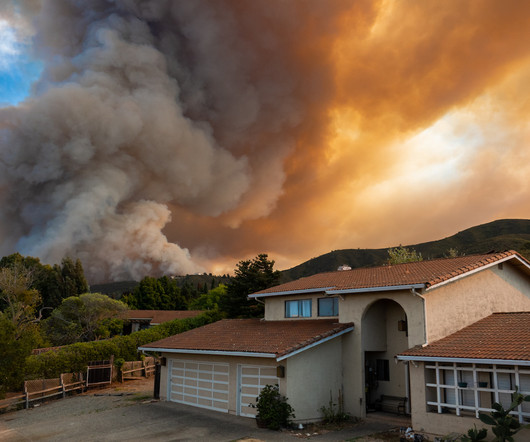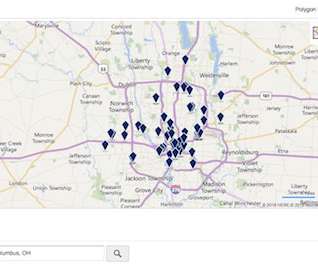1.2 million homes face wildfire risk in California
Housing Wire
AUGUST 10, 2023
Increasing wildfire risk resulting from climate change is a growing problem for insurers and homebuyers in affected areas, particularly California, according to a new report from data provider CoreLogic. CoreLogic said insurers’ models should account for the current risk landscape, including climate change considerations.












Let's personalize your content